The ceremony to announce the Central Committee's resolutions and decisions is carried out uniformly nationwide from 8:00 a.m.
It is expected that General Secretary To Lam will attend the announcement ceremony in Ho Chi Minh City, President Luong Cuong will be present in Hanoi , Prime Minister Pham Minh Chinh will go to Hai Phong City, and National Assembly Chairman Tran Thanh Man will go to Can Tho.
Many Party and State leaders also came to localities to attend the announcement ceremony.
This is a historic event, demonstrating high political determination in building a streamlined, effective and efficient organizational apparatus to serve the people.
To prepare for this event, local leaders directly came to check the progress and quality of preparations.
The National Assembly 's Resolution amending and supplementing a number of articles of the 2013 Constitution clearly states that Vietnam's administrative units are organized into two levels, including provinces and centrally run cities and administrative units below provinces and centrally run cities.
Local government levels including People's Councils and People's Committees are organized in administrative units suitable to the characteristics of rural, urban and island areas. The operation of district-level administrative units ends from July 1.
Special economic zones established by the National Assembly.
According to the Resolution on the arrangement of provincial-level administrative units in 2025, the country has 34 provincial-level administrative units, including 28 provinces and 6 cities, of which 19 provinces and 4 cities were formed after the arrangement. 11 provinces and cities that will not be arranged are: Cao Bang, Dien Bien, Ha Tinh, Lai Chau, Lang Son, Nghe An, Quang Ninh, Thanh Hoa, Son La, Hanoi City, and Hue City.
At the ceremony, the provinces and cities will announce 7 resolutions and decisions of the Central Government:
(1) Resolution of the National Assembly on the establishment of provinces and cities.
(2) Decision of the Politburo on the establishment of provincial and municipal Party Committees.
(3) Decision of the Politburo on appointing the Executive Committee, Standing Committee, Secretary, Deputy Secretary of the Provincial Party Committee and City Party Committee for the 2020-2025 term.
(4) Decision of the Secretariat appointing the Inspection Committee, Chairman and Vice Chairmen of the provincial Inspection Committee.
(5) Resolution of the National Assembly Standing Committee on the appointment of the Chairman and Vice Chairman of the People's Council; Heads of committees of the People's Council of provinces and cities; Heads and Deputy Heads of the National Assembly delegations of provinces and cities.
(6) Decision of the Prime Minister on appointing the Chairman and Vice Chairman of the People's Committee of provinces and cities.
(7) Decision of the Central Committee of the Vietnam Fatherland Front to establish the Vietnam Fatherland Front Committee of provinces and cities.
VietNamNet updates detailed information on the organizational structure and leadership of 23 provinces and cities implementing the merger:
1. Tuyen Quang
Tuyen Quang province was established on the basis of arranging the entire natural area and population of Ha Giang province and Tuyen Quang province, with an area of 13,795.50km2 and a population of 1,865,270 people.
2. Yen Bai
Yen Bai province was established on the basis of arranging the entire natural area and population of Yen Bai province and Lao Cai province, with an area of 13,256.92 km2 and a population of 1,778,785 people.
3. Thai Nguyen
Thai Nguyen province was established on the basis of arranging the entire natural area and population of Bac Kan province and Thai Nguyen province, with an area of 8,375.21 km2 and a population of 1,799,489 people.
4. Phu Tho
Phu Tho province was established on the basis of arranging the entire natural area and population of Vinh Phuc province, Hoa Binh province and Phu Tho province, with an area of 9,361.38 km² and a population of 4,022,638 people.
5. Bac Ninh
Bac Ninh province was established on the basis of arranging the entire natural area and population of Bac Giang and Bac Ninh provinces, with an area of 4,718.6 km2 and a population of 3,619,433 people.
6. Hung Yen
Hung Yen province was established on the basis of arranging the entire natural area and population of Thai Binh province and Hung Yen province, with an area of 2,514.81 km2 and a population of 3,567,943 people.
7. Hai Phong
Hai Phong City was established on the basis of arranging the entire natural area and population of the city and Hai Duong province, with an area of 3,194.72 km2 and a population of 4,664,124 people.
8. Ninh Binh
Ninh Binh province was established on the basis of arranging the entire natural area and population size of Ha Nam province, Nam Dinh province and Ninh Binh province, with an area of 3,942.62km² and a population of 4,412,264 people.
9. Quang Tri
Quang Tri province was established on the basis of arranging the entire natural area and population size of Quang Binh province and Quang Tri province, with an area of 12,700km² and a population of 1,870,845 people.
10. Da Nang
Da Nang City was established on the basis of arranging the entire natural area and population size of Da Nang City and Quang Nam Province, with an area of 11,859.59km² and a population of 3,065,628 people.
11. Quang Ngai
Quang Ngai province was established on the basis of arranging the entire natural area and population size of Kon Tum province and Quang Ngai province, with an area of 14,832.55 km² and a population of 2,161,755 people.
12. Gia Lai
Gia Lai province was established on the basis of arranging the entire natural area and population size of Binh Dinh province and Gia Lai province, with an area of 21,576.53km² and a population of 3,583,693 people.
13. Khanh Hoa
Khanh Hoa province was established on the basis of arranging the entire natural area and population size of Ninh Thuan province and Khanh Hoa province, with an area of 8,555.86 km² and a population of 2,243,554 people.
14. Lam Dong
Lam Dong province was established on the basis of arranging the entire natural area and population size of Dak Nong province, Binh Thuan province and Lam Dong province, with an area of 24,233.07km² and a population of 3,872,999 people.
15. Dak Lak
Dak Lak province was established on the basis of arranging the entire natural area and population size of Phu Yen province and Dak Lak province, with an area of 18,096.40km² and a population of 3,346,853 people.
16. Ho Chi Minh City
Ho Chi Minh City was established on the basis of arranging the entire natural area and population size of Ho Chi Minh City, Ba Ria - Vung Tau province and Binh Duong province, with an area of 6,772.59km² and a population of 14,002,598 people.
17. Dong Nai
Dong Nai province was established on the basis of arranging the entire natural area and population size of Binh Phuoc province and Dong Nai province, with an area of 12,737.18km² and a population of 4,491,408 people.
18. Tay Ninh
Tay Ninh province was established on the basis of arranging the entire natural area and population size of Long An province and Tay Ninh province, with an area of 8,536.44 km² and a population of 3,254,170 people.
19. Can Tho
Can Tho City was established on the basis of arranging the entire natural area and population size of Can Tho City, Soc Trang Province and Hau Giang Province, with an area of 6,360.83km² and a population of 4,199,824 people.
20. Vinh Long
Vinh Long province was established on the basis of arranging the entire natural area and population size of Ben Tre province, Tra Vinh province and Vinh Long province, with an area of 6,296.20km² and a population of 4,257,581 people.
21. Dong Thap
Dong Thap province was established on the basis of arranging the entire natural area and population size of Tien Giang province and Dong Thap province, with an area of 5,938.64km² and a population of 4,370,046 people.
22. Ca Mau
Ca Mau province was established on the basis of arranging the entire natural area and population size of Bac Lieu province and Ca Mau province, with an area of 7,942.39km² and a population of 2,606,672 people.
23. An Giang
An Giang province was established on the basis of arranging the entire natural area and population size of Kien Giang province and An Giang province, with an area of 9,888.91 km² and a population of 4,952,238 people.
Also today, 11 provinces and cities that will remain unchanged will announce resolutions and decisions of the Central and provincial governments regarding communes, wards and special zones.
(To be updated...)
Vietnamnet.vn
Source: https://vietnamnet.vn/cong-bo-nhan-su-lanh-dao-chu-chot-cua-34-tinh-thanh-sau-sap-nhap-2416399.html


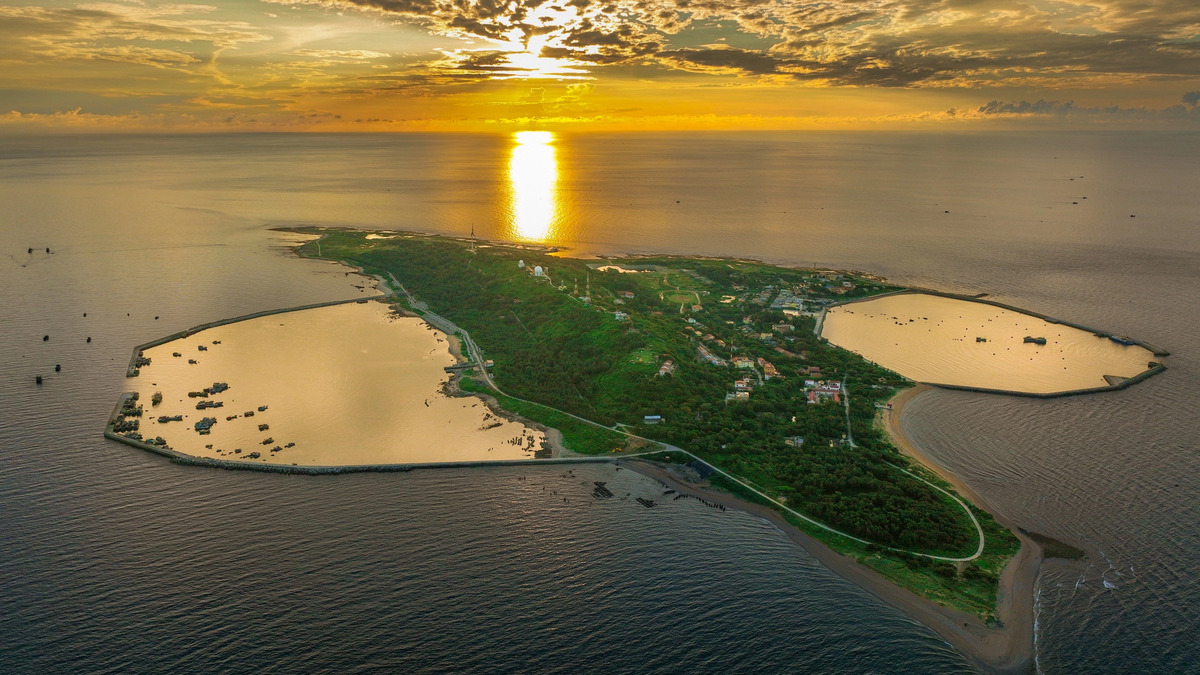

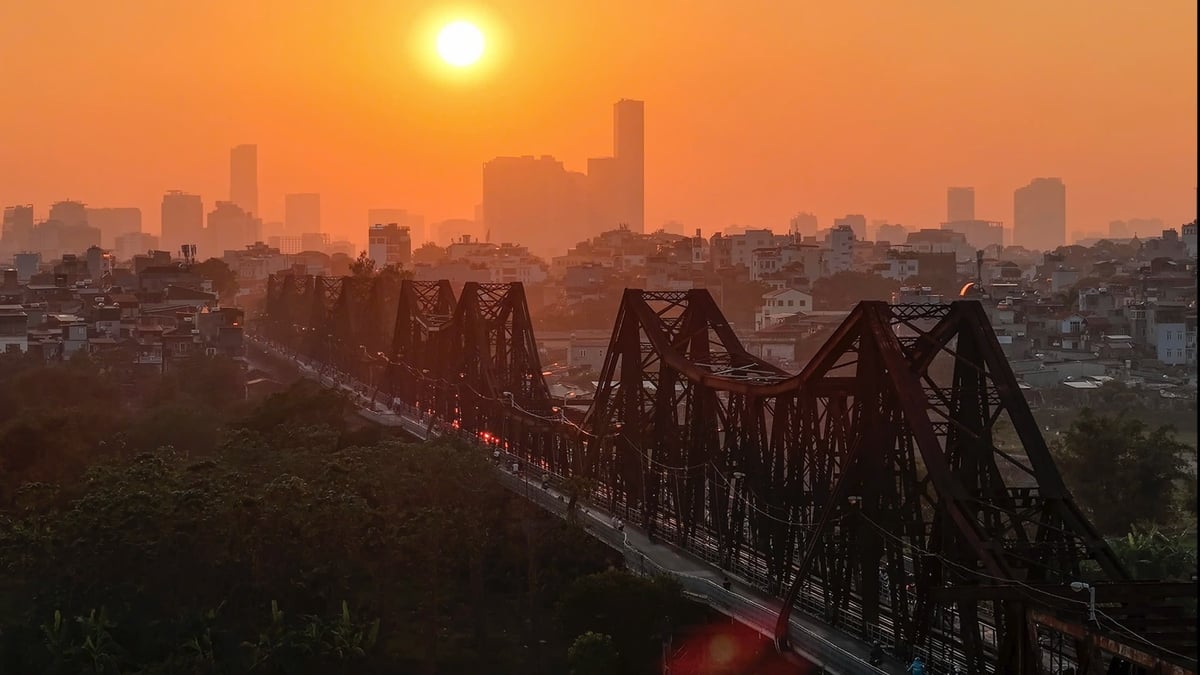
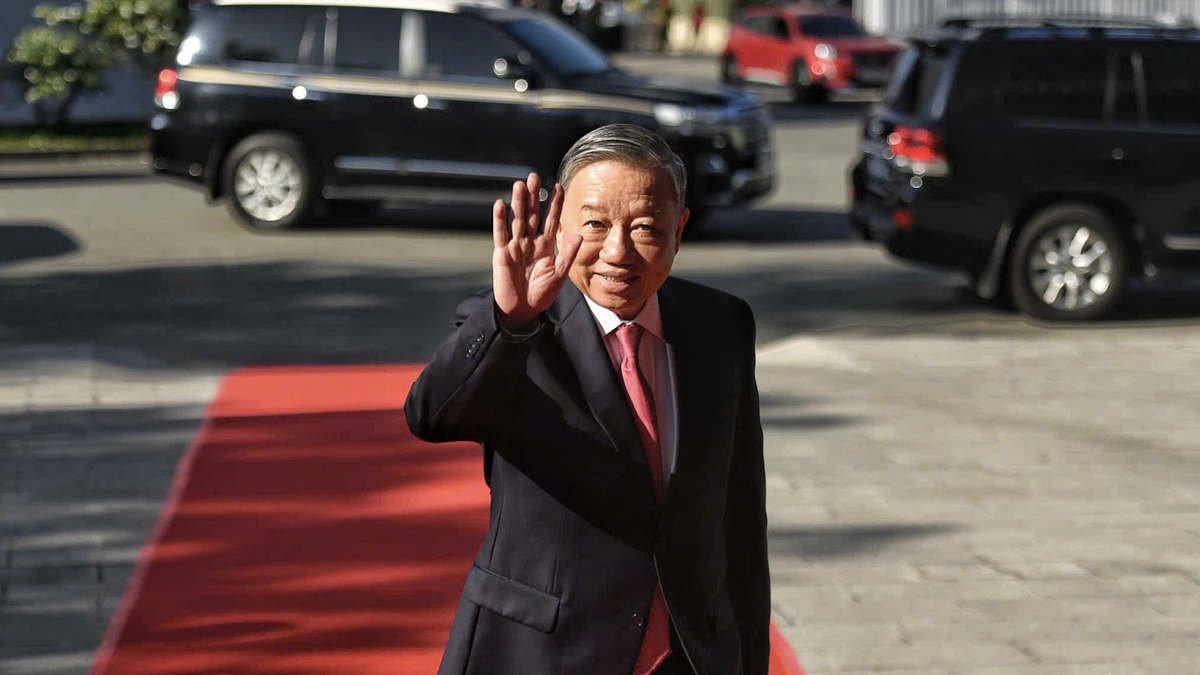

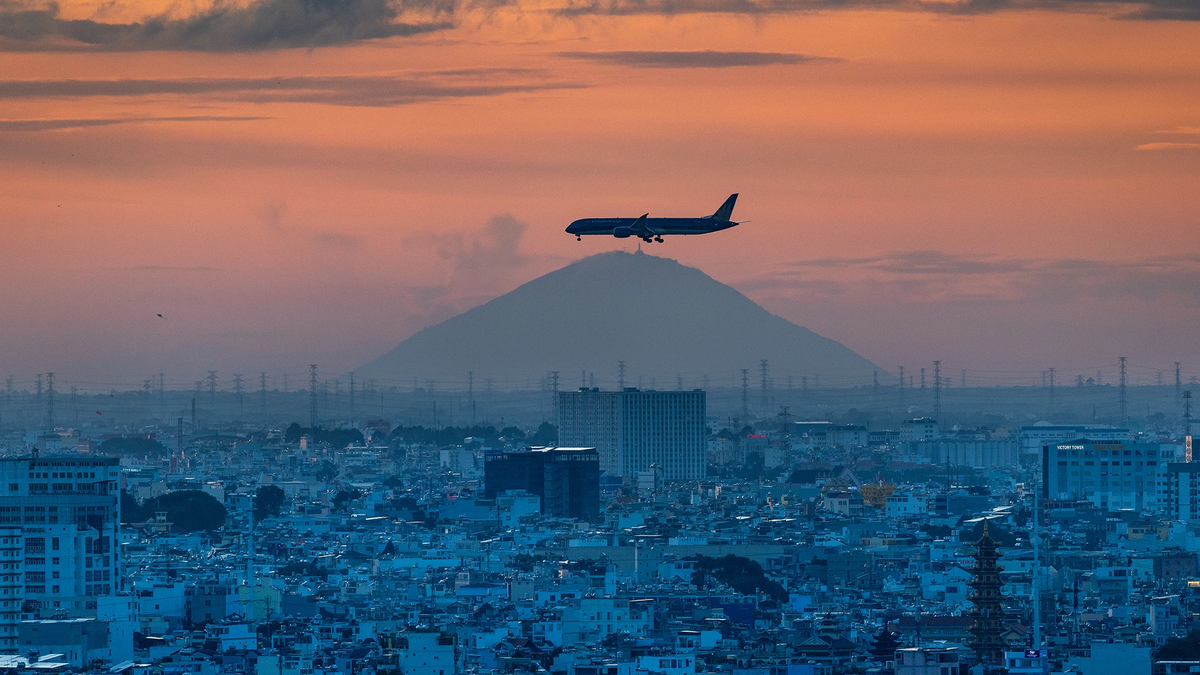




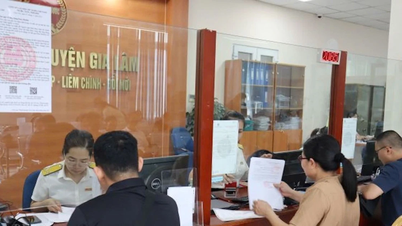



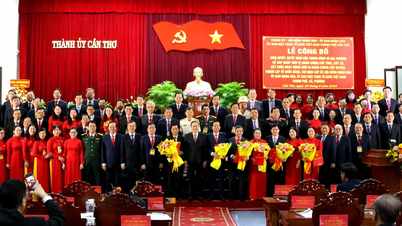
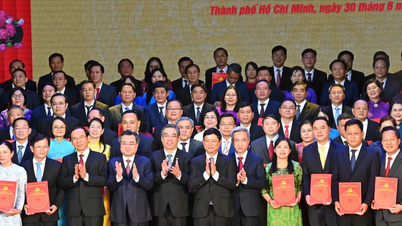


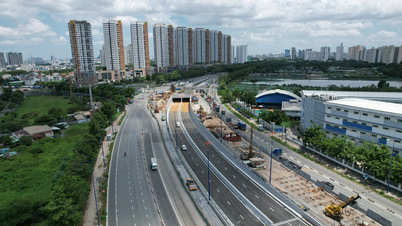

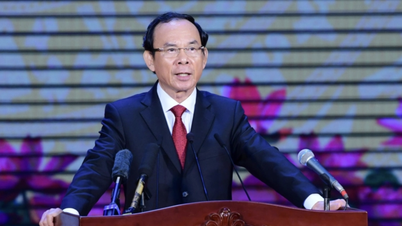
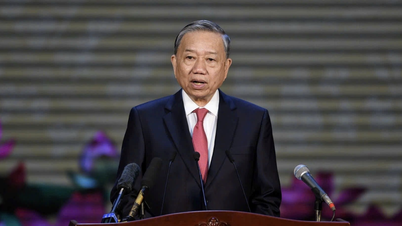


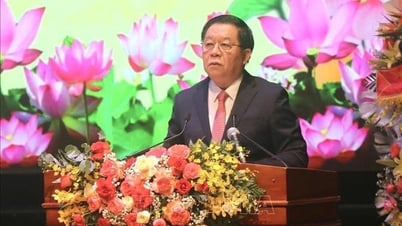











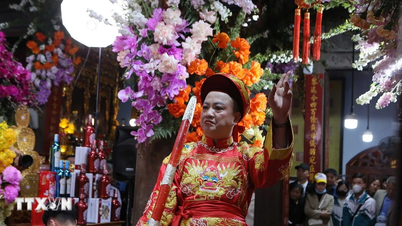

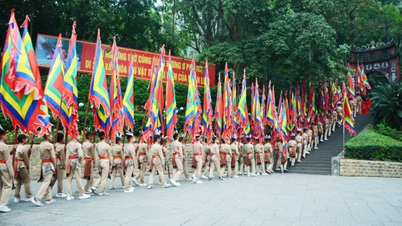









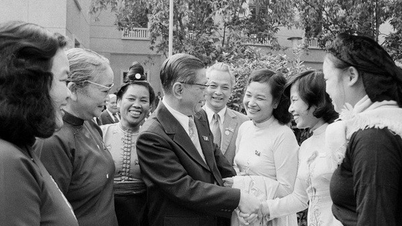








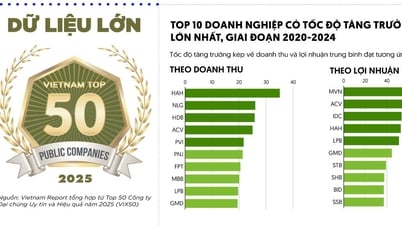


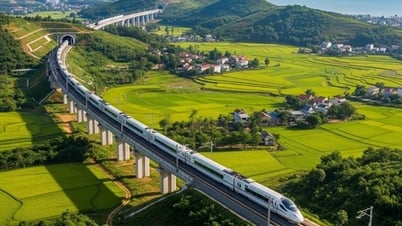













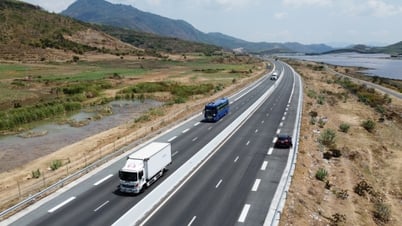
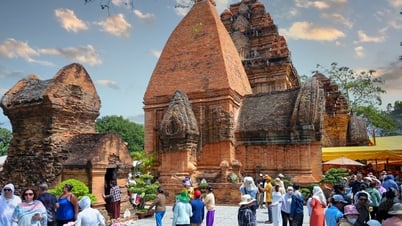


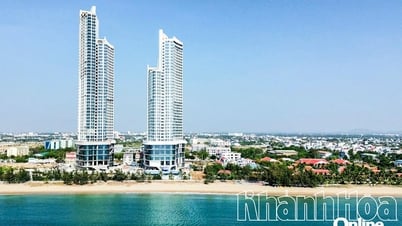
















Comment (0)